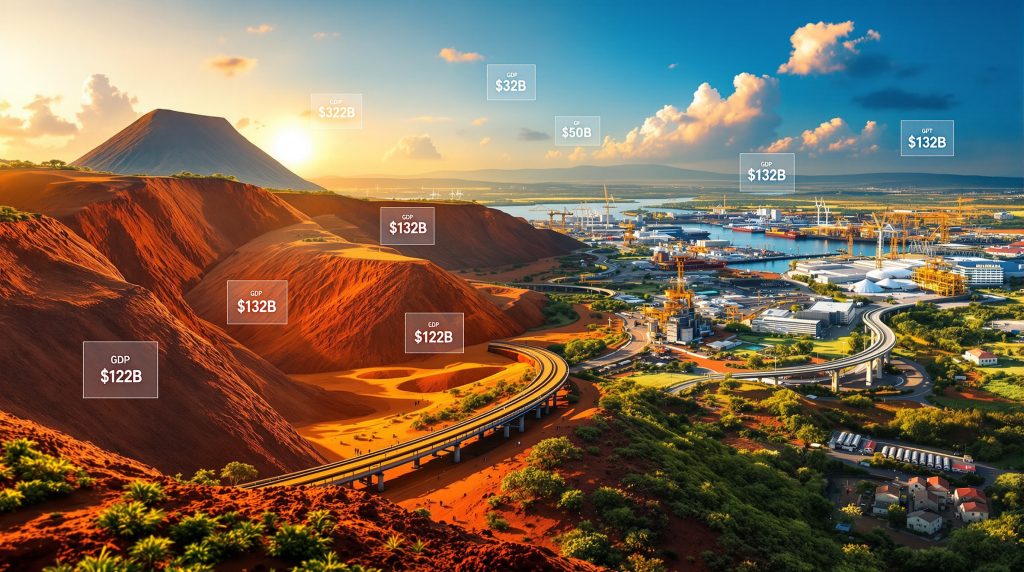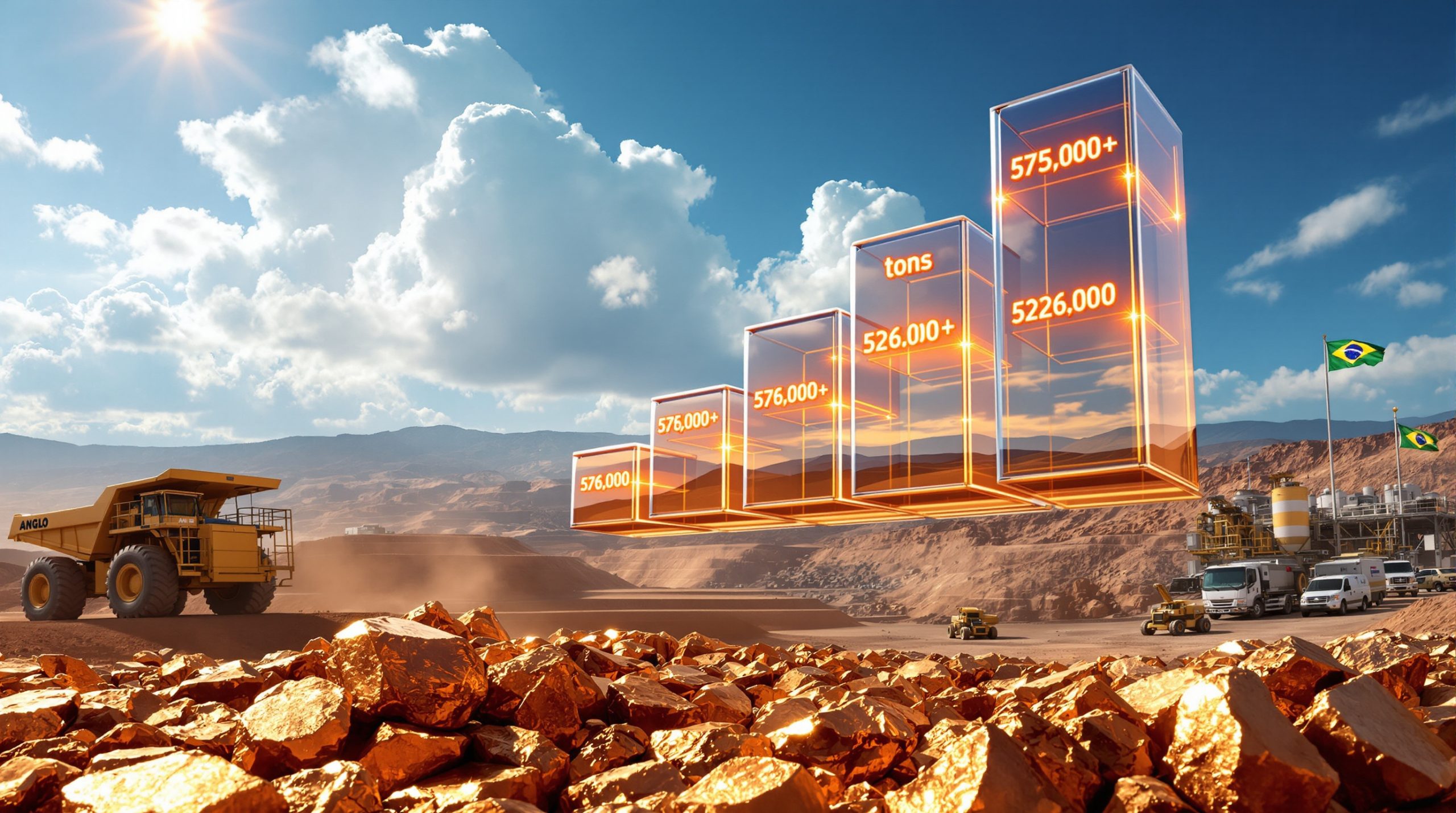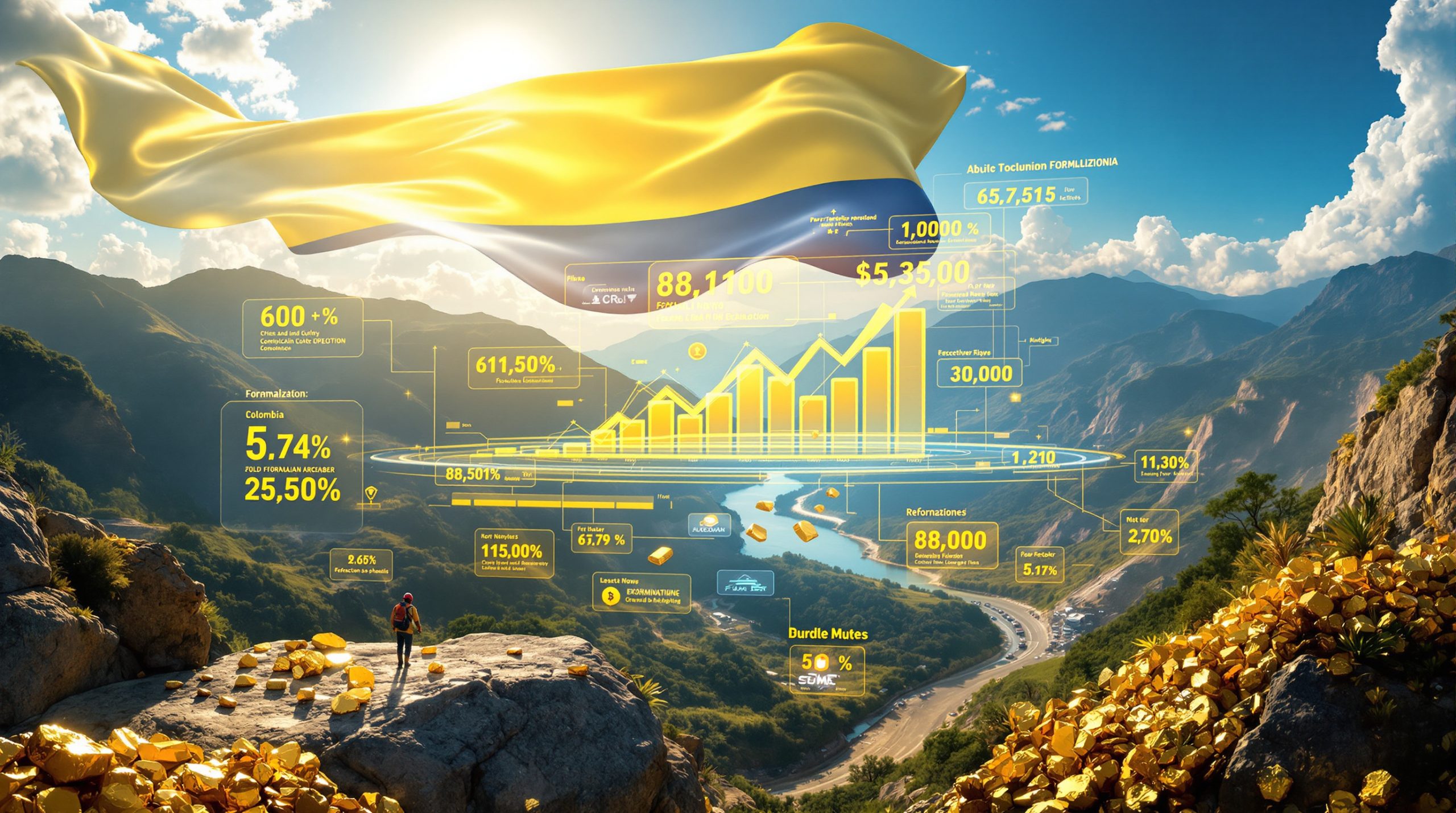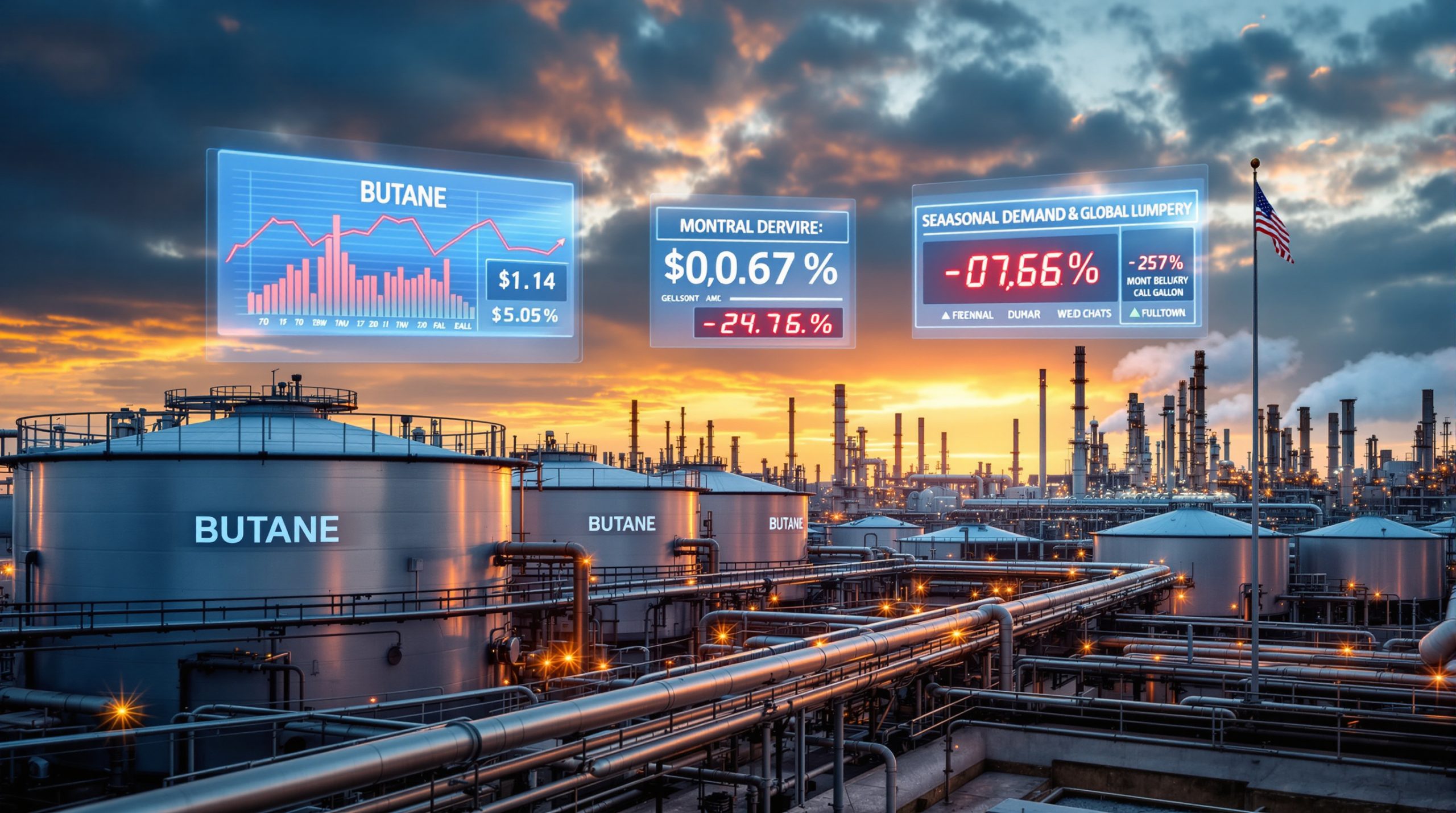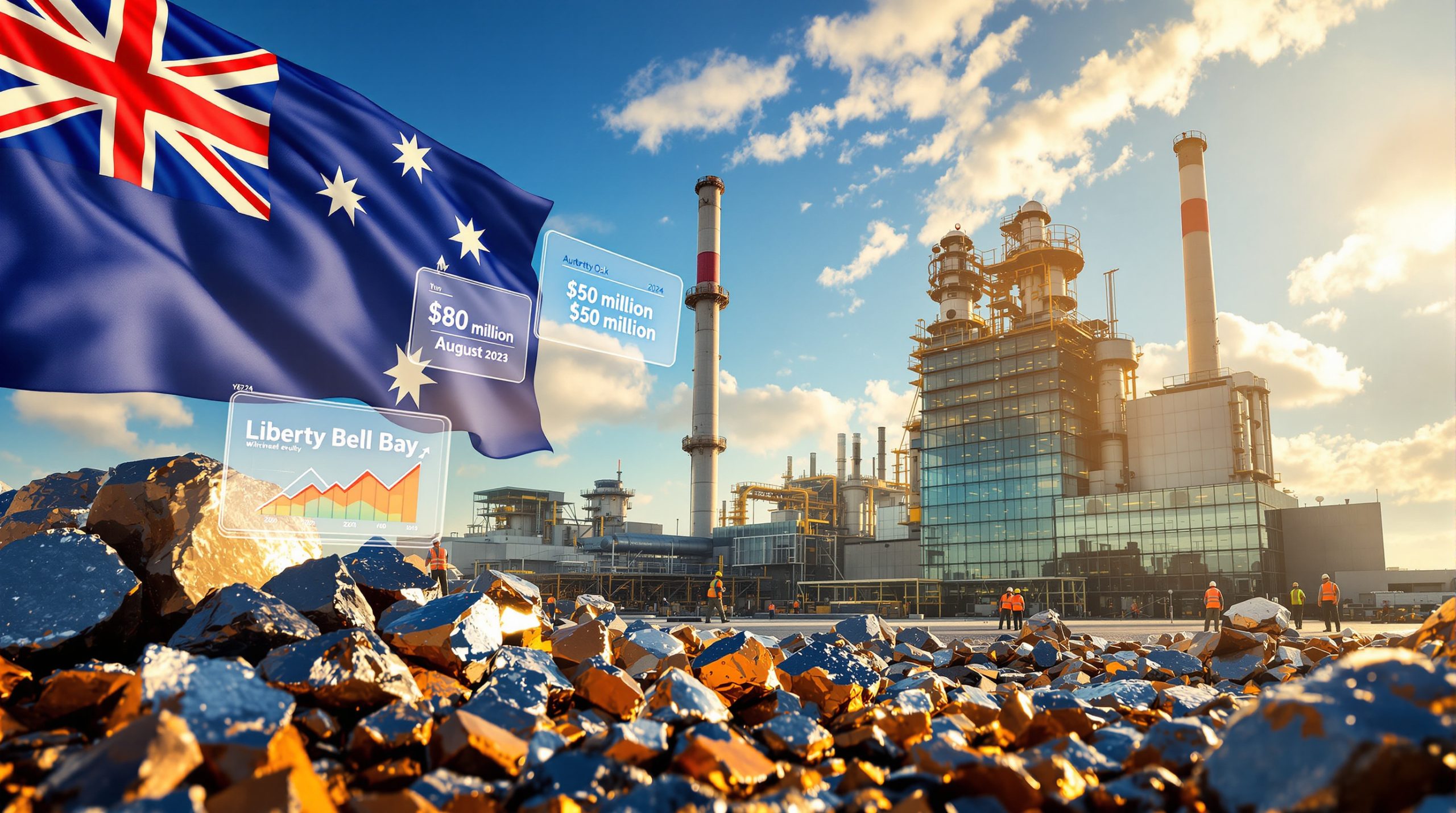Simandou 2040 Programme: Guinea's Vision for National Transformation
Guinea's Simandou 2040 Programme represents a revolutionary approach to national development, moving beyond traditional resource extraction to create a comprehensive framework for sustainable economic growth. As the world's largest undeveloped high-grade iron ore deposit finally moves toward production, Guinea is implementing a visionary strategy that places its citizens at the heart of development priorities.
How Will the Simandou 2040 Programme Transform Guinea's Economy?
The Simandou 2040 Programme stands as Guinea's ambitious roadmap for leveraging its vast iron ore resources to catalyze comprehensive national development. This $20 billion investment isn't merely a mining initiative but a strategic framework designed to transform Guinea's entire economic landscape through diversified growth, infrastructure development, and human capital investment.
The Vision Behind Simandou 2040
At its core, the Simandou 2040 Programme prioritizes inclusive prosperity that extends benefits across all regions and socioeconomic groups within Guinea. Minister Ismael Nabe, Guinea's Minister for Planning and International Cooperation, has emphasized that this comprehensive roadmap places "Guinean people at the heart of government priorities," aiming for a future built on shared economic advancement rather than concentrated wealth.
The programme recognizes that natural resource wealth must serve as a foundation for broader economic transformation rather than an end in itself. This philosophy is reflected in Minister Nabe's assertion that partnerships under the Simandou framework "go beyond extraction, they build on knowledge and skills, and share prosperity."
From Mining Project to National Development Framework
While centered around the Simandou iron ore deposit, the programme's scope extends far beyond resource extraction. As Minister Nabe explained at the Africa Down Under conference in Perth, "It's about building railways that connect regions, ports that open markets, power plants that electrify communities and schools that shape the leaders of tomorrow."
This integrated approach connects mining industry evolution with infrastructure development, educational advancement, healthcare improvement, and agricultural modernization to create a holistic development ecosystem that benefits all Guineans.
What Makes the Simandou Iron Ore Project Globally Significant?
World's Largest Undeveloped High-Grade Iron Ore Deposit
The Simandou iron ore deposit stands as the largest undeveloped high-grade iron ore resource globally, containing exceptionally pure ore that commands premium pricing in international markets. This remarkable geological treasure has been "almost five decades in the making," according to Minister Nabe, with the last three years representing a "great marathon" of collaboration between project partners.
The deposit's high-grade nature is particularly valuable in today's steel industry, where manufacturers increasingly prioritize higher-quality inputs that reduce environmental impact during processing. Simandou's ore quality positions it as a strategically important resource in the global transition toward greener steel production.
International Collaboration on an Unprecedented Scale
The $20 billion development represents a remarkable international partnership that Minister Nabe has characterized as a "United Nations project." This collaboration brings together expertise and investment from multiple continents, including participants from China, Australia, the United States, and other Asian nations working alongside Guinean stakeholders.
This multilateral approach ensures diverse perspectives and capabilities are brought to bear on the project's challenges, while also distributing both risks and benefits among global partners with aligned interests in Simandou's success.
Strategic Infrastructure Development
The project encompasses construction of a 622-kilometer railway connecting the remote mining region to coastal export facilities, along with port development capable of handling massive shipment volumes. This infrastructure will not only serve mining operations but also open new economic corridors throughout Guinea.
By designing infrastructure with broader economic use cases in mind, the Simandou 2040 Programme ensures these massive investments will benefit agricultural producers, manufacturers, and service providers throughout Guinea's economy for generations to come.
How Will Revenue from Simandou Be Managed for Long-Term Benefit?
Sovereign Wealth Fund Establishment
A cornerstone of the Simandou 2040 Programme is the creation of a sovereign wealth fund that will capture and manage mining revenues for strategic reinvestment. This mechanism aims to prevent the "resource curse" that has affected many resource-rich nations by ensuring transparent allocation of funds to priority development sectors.
By establishing clear governance structures and investment protocols, Guinea is positioning itself to avoid the volatility and mismanagement that has plagued some natural resource economies, instead creating a sustainable financial foundation for long-term development.
Education and Human Capital Investment
In a groundbreaking commitment highlighted by Minister Nabe, 25% of Simandou project revenues will be dedicated to international education initiatives for young Guineans. This includes sending students to global institutions, including Western Australian universities, to develop the skills needed for Guinea's future economic diversification.
This substantial investment in human capital represents a forward-thinking approach that recognizes knowledge and skills as the ultimate renewable resource. By developing world-class capabilities in engineering, geology, management, finance, and other fields, Guinea is building the intellectual infrastructure needed for sustainable development beyond mining.
Priority Sector Development
The programme identifies key sectors for strategic investment, including:
- Agricultural modernization and food security
- Healthcare system strengthening
- Digital technology and innovation
- Renewable energy development
- Manufacturing and industrial capacity building
These priority areas are selected to create complementary economic engines that reduce dependence on resource extraction while addressing fundamental development needs and opportunities within Guinea.
What Tangible Projects Are Already Underway?
Infrastructure Transformation
The Simandou 2040 Programme has already initiated numerous infrastructure projects, including:
- Ministry building construction and modernization
- Hospital renovation and healthcare facility development
- Bridge construction connecting previously isolated communities
- Public recreational spaces and community facilities
These early investments demonstrate the programme's commitment to delivering immediate benefits to Guinean citizens while building the foundation for larger-scale development initiatives.
Simandou Academy
The establishment of the Simandou Academy represents an early investment in human capital development, providing specialized training and education to prepare Guineans for employment opportunities within the mining sector and beyond.
By developing local technical and managerial talent, the academy creates pathways for Guineans to participate meaningfully in the project while reducing dependence on expatriate expertise over time.
What Economic Impacts Are Projected Through 2040?
GDP Growth Trajectory
The programme aims to dramatically expand Guinea's economic output, with ambitious growth targets that would represent a transformation of the nation's economic standing in West Africa and globally. While specific projections require ongoing verification as the project develops, the scale of investment and scope of planned initiatives suggest potential for substantial GDP expansion.
This economic growth would fundamentally alter Guinea's development trajectory, creating opportunities to address persistent challenges in poverty reduction, infrastructure development, and social service provision.
Employment Generation
Beyond direct mining employment, the programme targets job creation across multiple sectors through:
- Infrastructure construction and maintenance
- Expanded agricultural production and processing
- Manufacturing development
- Service sector growth
- Technology and innovation enterprises
This multisector approach to employment generation aims to ensure economic opportunities reach diverse segments of Guinean society, including those without direct connections to the mining industry.
Export Diversification
While iron ore price trends will initially dominate, the programme envisions gradual diversification of Guinea's export portfolio through:
- Agricultural product development and export
- Manufacturing capacity building
- Service sector internationalization
- Technology and knowledge exports
This export diversification strategy reduces vulnerability to commodity price fluctuations while creating multiple pathways for international economic engagement.
How Does Simandou 2040 Address Environmental and Social Considerations?
Environmental Protection Framework
The programme incorporates comprehensive environmental management protocols to minimize ecological impacts of mining and infrastructure development, including:
- Biodiversity conservation measures
- Water resource protection
- Reforestation and land rehabilitation requirements
- Air quality monitoring and management
These environmental safeguards reflect recognition that sustainable mining transformation requires protecting natural resources for future generations while meeting present economic needs.
Community Development Integration
Local communities surrounding project areas are integrated into development planning through:
- Participatory decision-making processes
- Local infrastructure improvement
- Skills development and employment prioritization
- Cultural heritage protection
By ensuring local communities are active participants in and beneficiaries of development activities, the programme aims to build social license and distribute benefits equitably.
Green Economy Transition
Despite being centered on mineral extraction, the programme incorporates green economy principles through:
- Renewable energy development
- Sustainable agricultural practices
- Resource efficiency requirements
- Climate adaptation planning
This forward-looking approach positions Guinea to participate in the global transition toward more sustainable economic models while leveraging its natural resource endowment.
What Are the Australia-Guinea Connections in the Simandou Project?
Mining Expertise Exchange
Australian mining companies have established themselves as trusted partners in Guinea's resource sector, bringing technical expertise, operational experience, and industry best practices that extend beyond capital investment.
Minister Nabe highlighted this relationship at the Africa Down Under conference, noting that "Australian companies have been pioneers and trusted partners in Guinea's mining industry. Beyond capital and expertise… these partnerships go beyond extraction, they build on knowledge and skills, and share prosperity."
Educational Partnerships
The programme's commitment to international education includes significant partnerships with Australian educational institutions, particularly in Western Australia, which offers world-class mining education and research facilities.
These educational connections create pathways for knowledge transfer that will benefit both nations, with Guinean students gaining technical expertise while Australian institutions benefit from international diversity and perspective.
Shared Development Vision
As noted by Guinea's Minister for Planning and International Cooperation, Ismael Nabe, Australia and Guinea share remarkable parallels in their development trajectories, with both nations leveraging natural resource wealth to build diversified, prosperous economies.
This shared vision led Minister Nabe to humorously characterize Guinea as potentially "the most Australian country in Africa" due to shared strengths in both mining and agricultural sectors. He emphasized that "Australia and Guinea share more than investment ties, we share a vision that natural resources, when managed with transparency, innovation and responsibility can transform economies and uplift generations."
What Timeline Is Expected for Simandou Development?
Production Commencement
Iron ore production and initial shipments are anticipated to begin in the coming years, following completion of critical infrastructure components. The project's complex nature and substantial infrastructure requirements necessitate a phased approach to development.
Output Scaling
Production capacity will expand progressively as infrastructure and operational capabilities are established. The scale of the deposit supports substantial output potential, positioning Guinea to become a significant player in global iron ore markets.
Long-Term Development Horizon
The programme's 2040 timeframe acknowledges the long-term nature of comprehensive national development, with phased implementation of various components extending over the next 15+ years.
This patient approach recognizes that transformative national development requires sustained commitment and strategic implementation rather than short-term thinking.
Simandou as a Development Catalyst
The Simandou 2040 Programme represents a visionary approach to resource-based development that seeks to avoid the pitfalls that have affected many resource-rich nations. By integrating mining operations with broader economic diversification, infrastructure development, and human capital investment, Guinea aims to transform its natural resource wealth into sustainable, inclusive prosperity.
As Minister Nabe emphasized, Simandou 2040 is "much more than an economic programme" – it's a comprehensive roadmap for national transformation that places citizens at the center of development priorities.
The programme's success will ultimately be measured not by mining output alone, but by improvements in living standards, economic diversification, and human development indicators across Guinea. With international partnerships and strategic planning, the growing iron ore demand and mining electrification trends have the potential to serve as a model for resource-led development throughout Africa and beyond.
Disclaimer: This article contains forward-looking statements and projections about future economic and project developments. These projections are based on current plans and expectations but may be subject to change as implementation progresses. Readers should not interpret economic forecasts as guaranteed outcomes.
Ready to Capitalise on the Next Major Mineral Discovery?
Stay ahead of the market with Discovery Alert's proprietary Discovery IQ model, which instantly notifies investors of significant ASX mineral discoveries like those that transformed companies such as De Grey Mining. Explore how these discoveries can generate substantial returns by visiting the Discovery Alert discoveries page and begin your 30-day free trial today.
